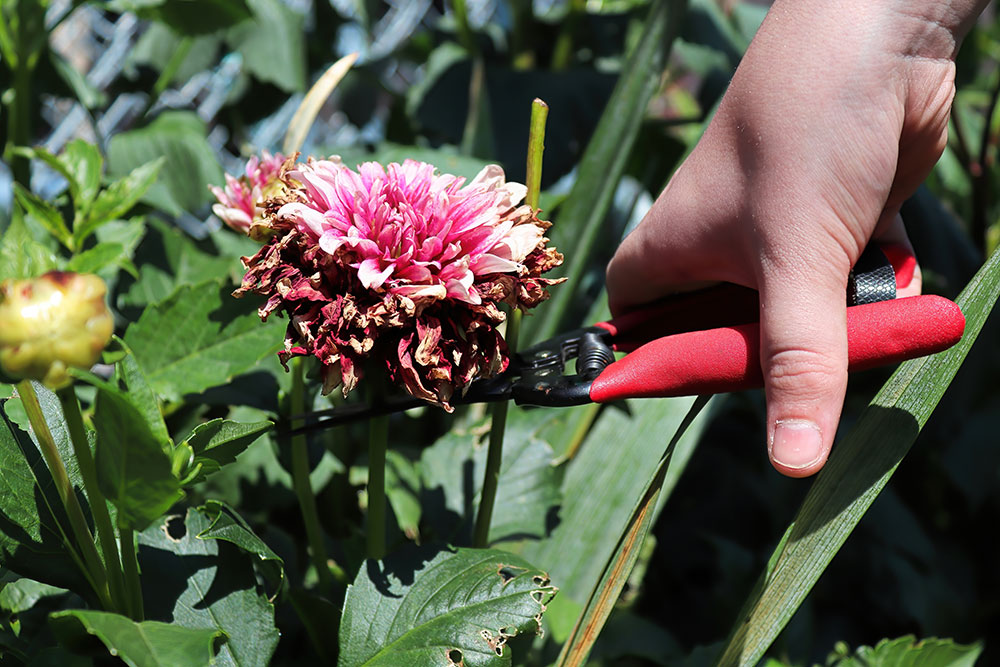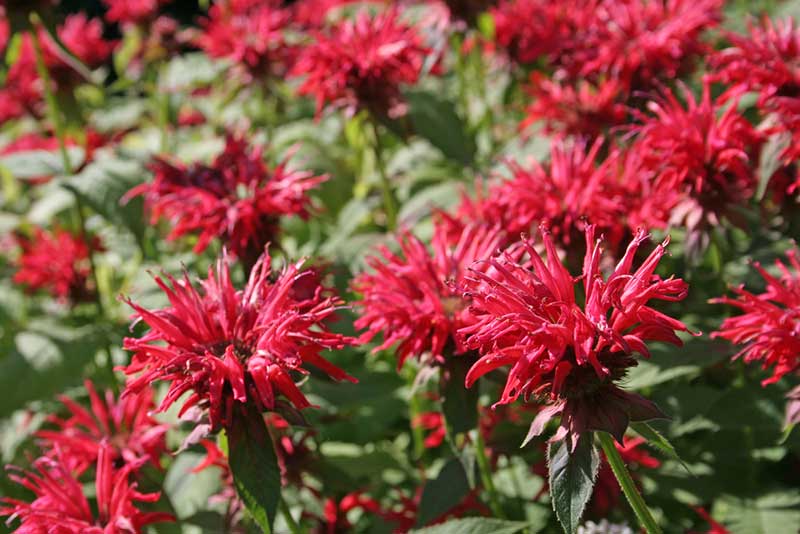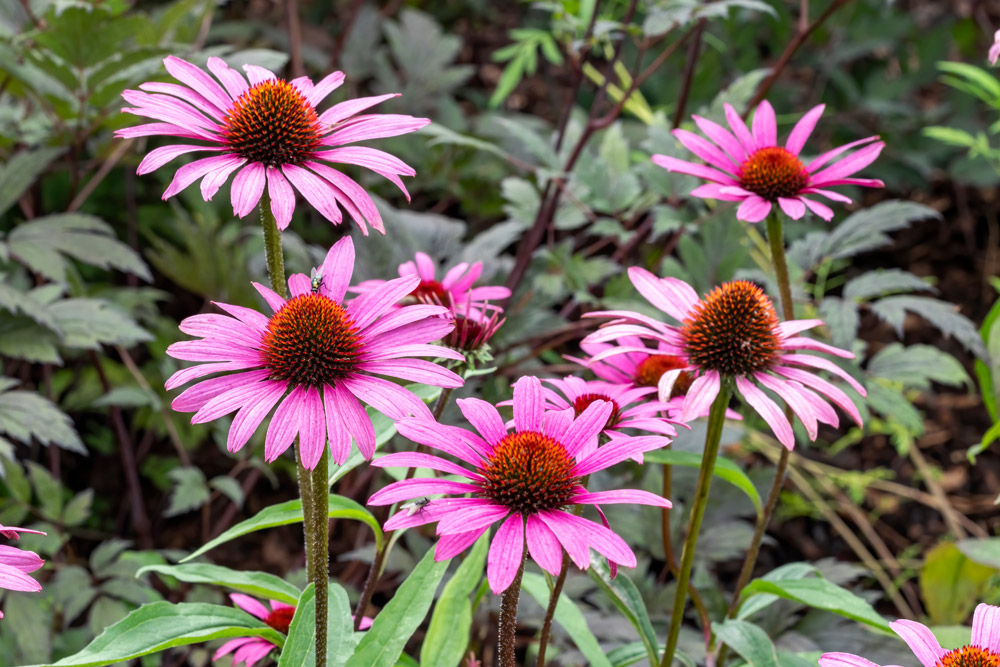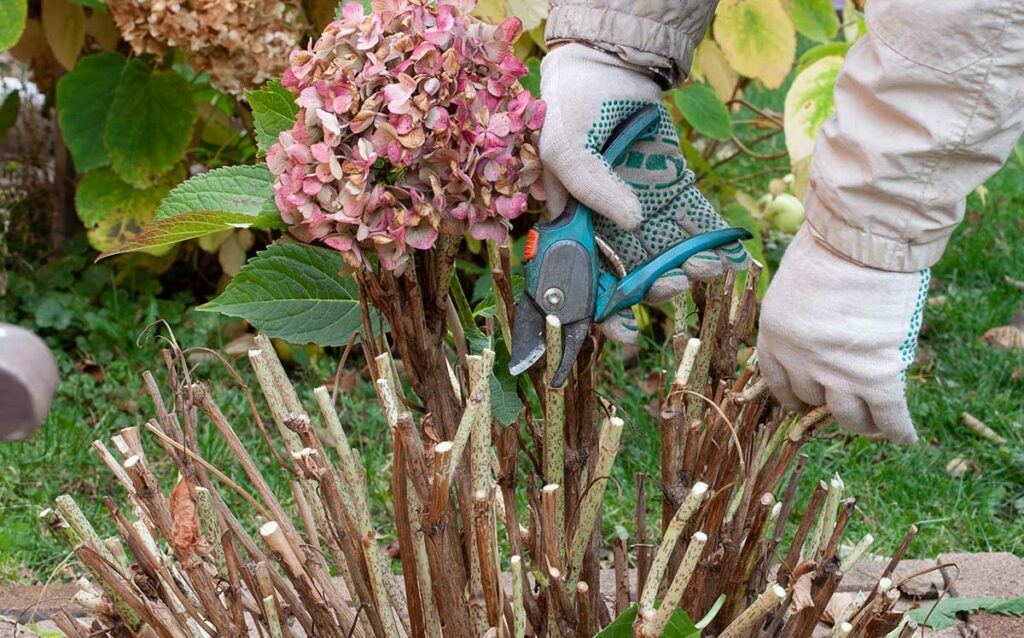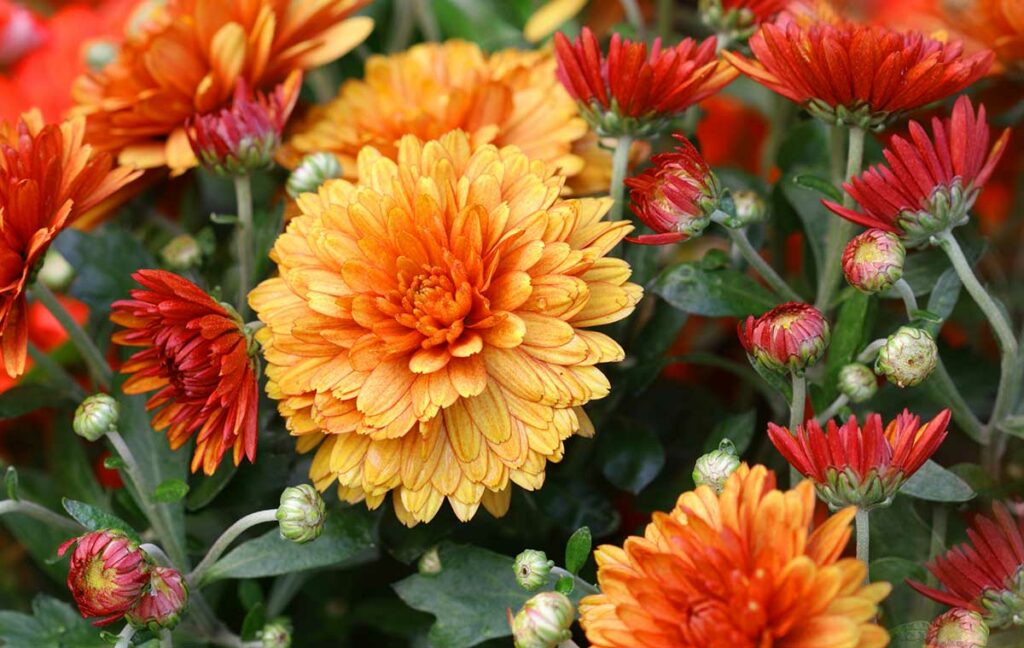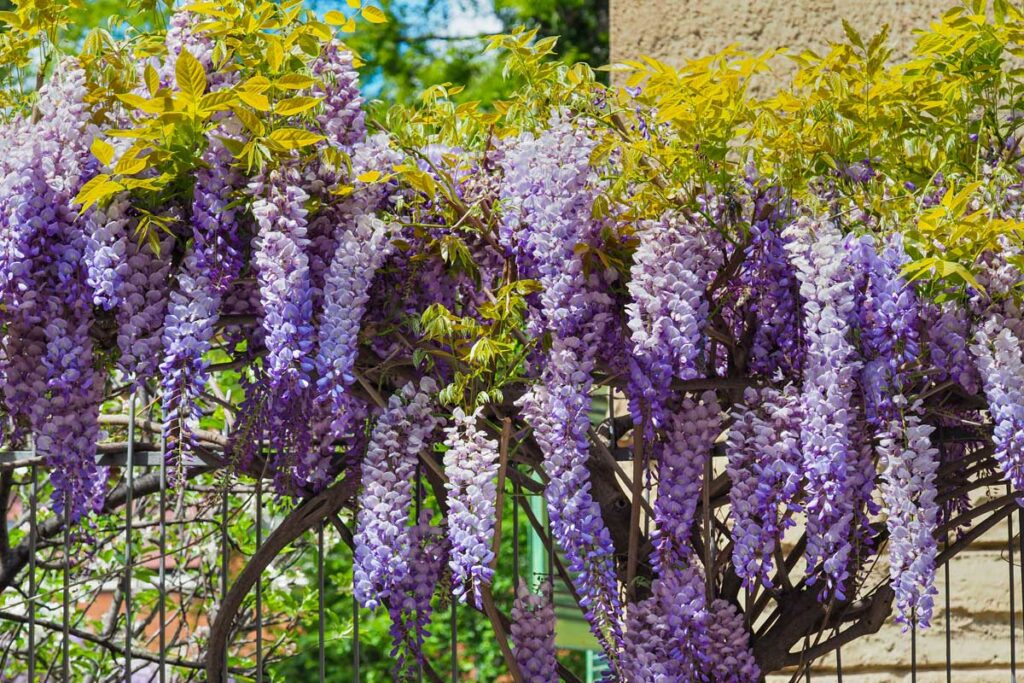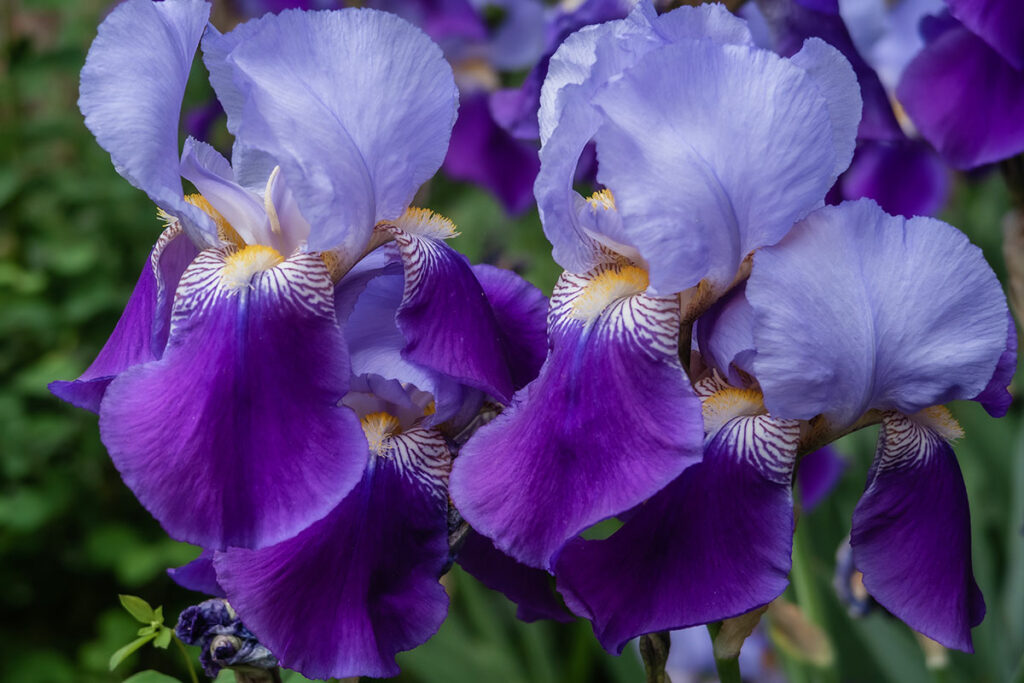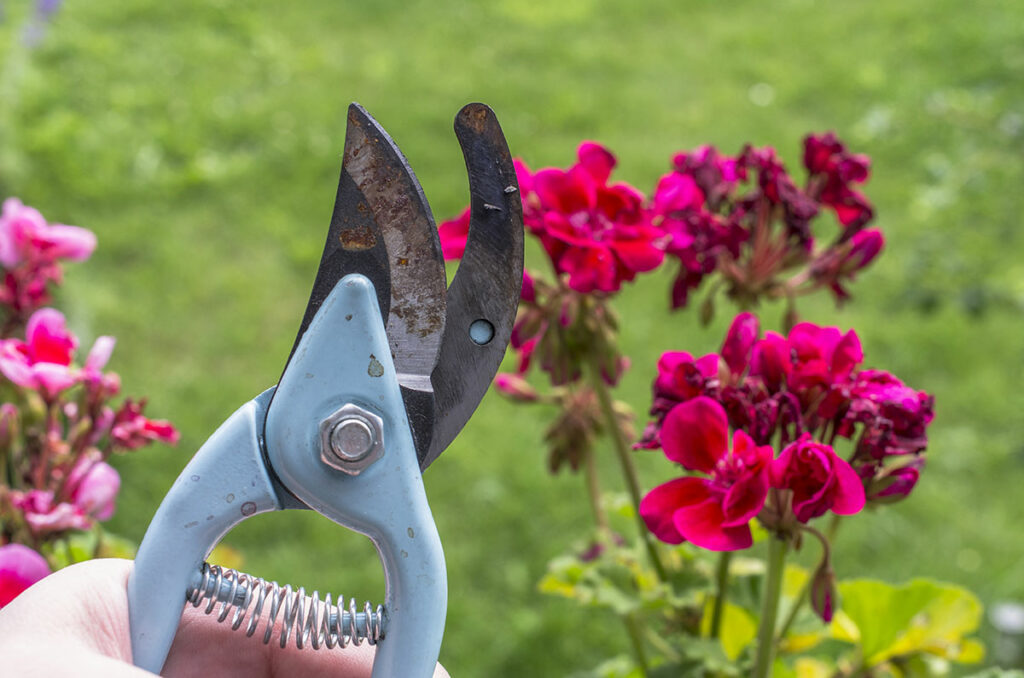
Fall isn’t just about raking leaves. Many perennial plants thrive when they’re cut back during this time.
November is the perfect time to cut back a number of different garden plants to leave them ready for new growth in the spring.
For some plants, diseases and pests are more likely to take hold in winter if they aren’t properly pruned.
Here are 10 plants that should make your cut-back list for a healthier yard in the Spring.
1. Hosta
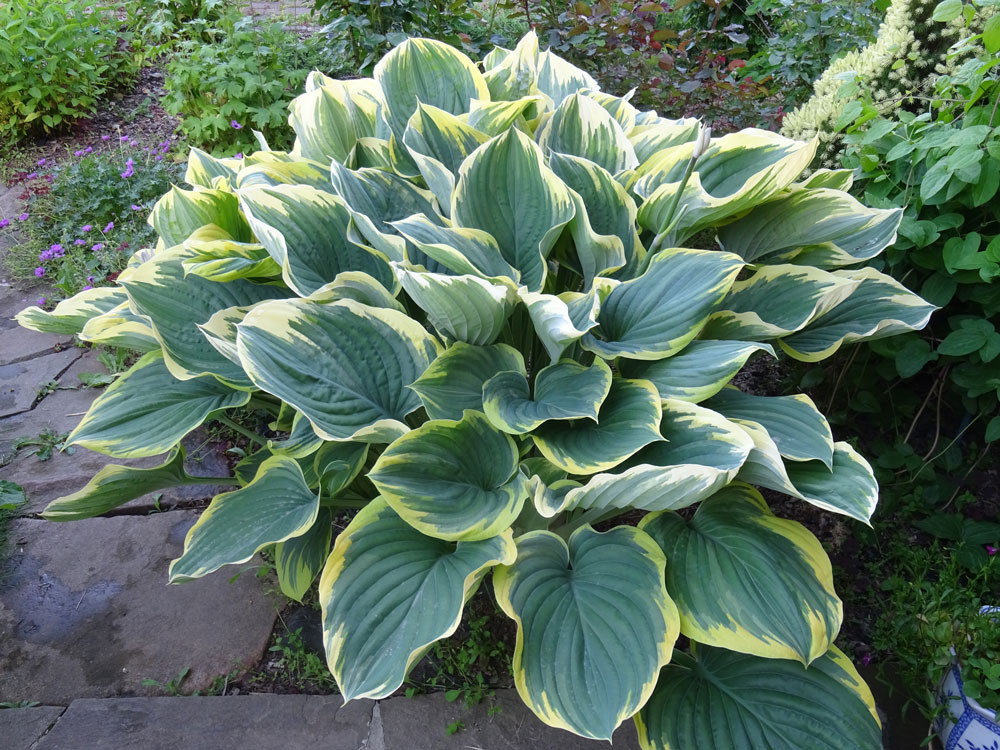
The hosta needs careful pruning in November. Once the first frost has happened, the leaves of a hosta will die and turn slimy and yellow.
It’s best to cut these plants back almost completely, trimming them down so that only 2″ of them are visible above the soil.
The garden will look better, sure, but you’ll also be protecting your hostas from being a shelter for slug eggs and rodents that can eat the plant’s roots and from disease.
These lovely decorative plants should be cut back in November in USDA zones three through nine.
2. Phlox
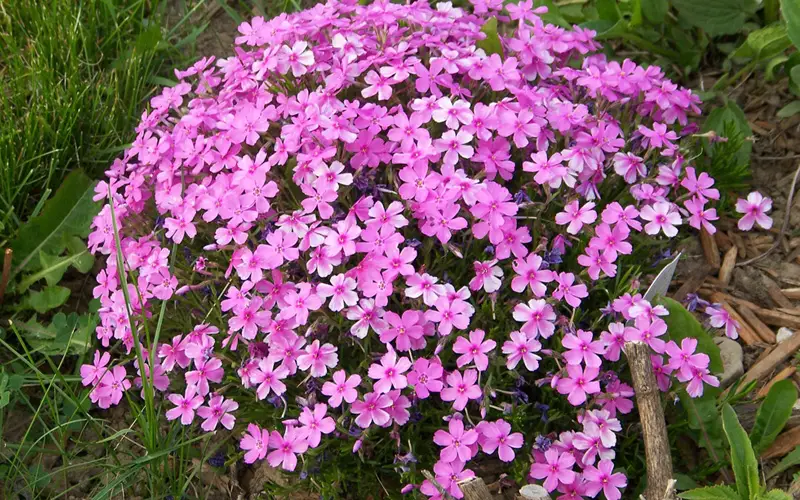
Phlox is widely planted for its stunning crown of flowers and its bright colors. However, it has a tendency to get powdery mildew.
To prevent this, you can take all of the foliage off the plant in November to keep your phlox from getting this serious disease in the new year.
The foliage that you carefully collect shouldn’t go into a compost pile, or the disease may spread. If you’re in zones four through eight, it’s time to get out the shears and get to work.
3. Columbine
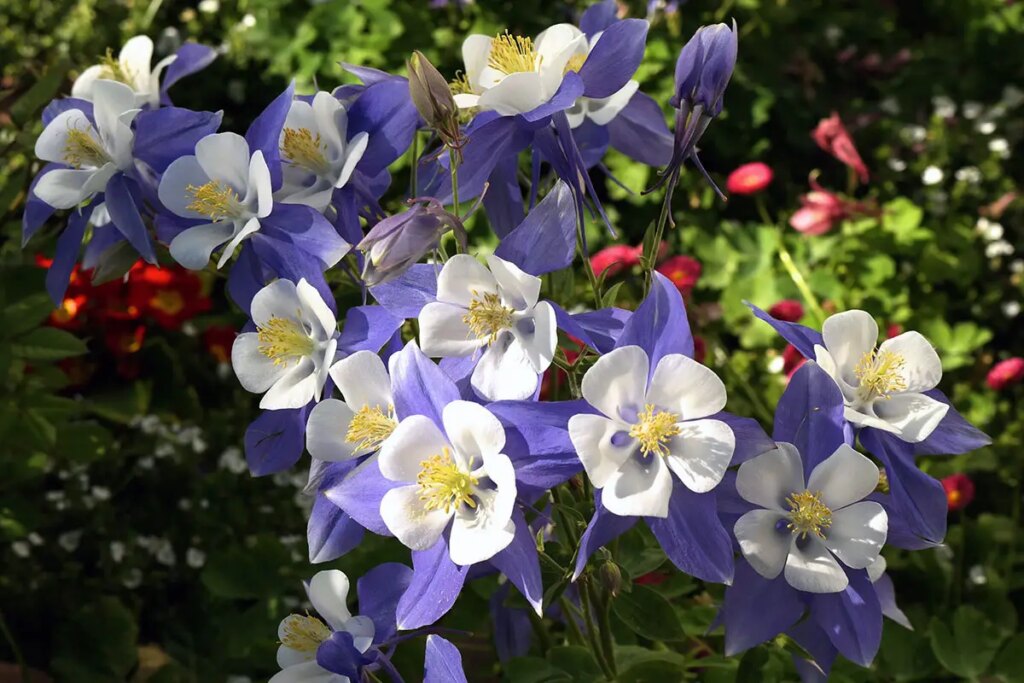
I always keep this perennial with the delicate, intricate blooms in the flowerbed. It is cut back in November to clean up the flower bed and make it look better for the winter.
Columbine adds nothing to your garden during the winter, and the foliage and flower stalks can look messy during this time.
After one or two frosts, go ahead and cut them back and leave them ready for new spring growth. This should be done in zones three through nine.
4. Daylily
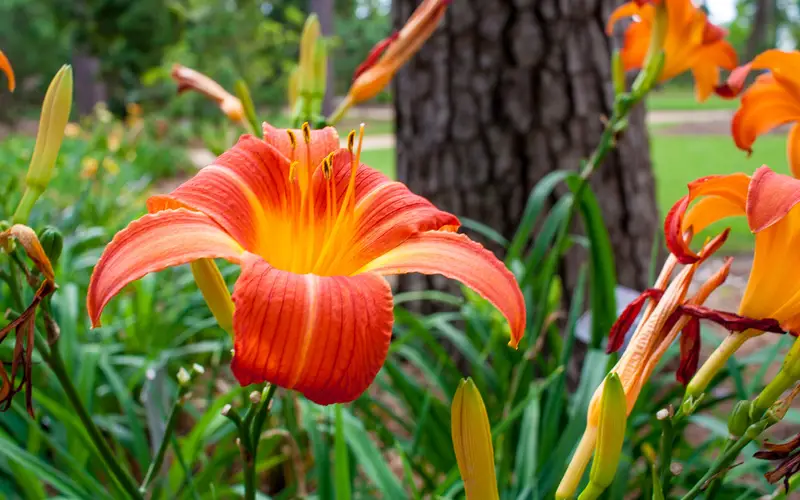
Daylilies can be spectacular, and they’re one of the boldest looks for a home garden. However, they don’t look so great in the winter.
After the first frost or two, a daylily will have dead foliage and brown stalks that weigh down your flowerbed.
Cut them back and wait for the magic to start again in the spring. This also keeps pests from hiding in the dead foliage. They should be cut back in November in zones four through 10.
5. Iris
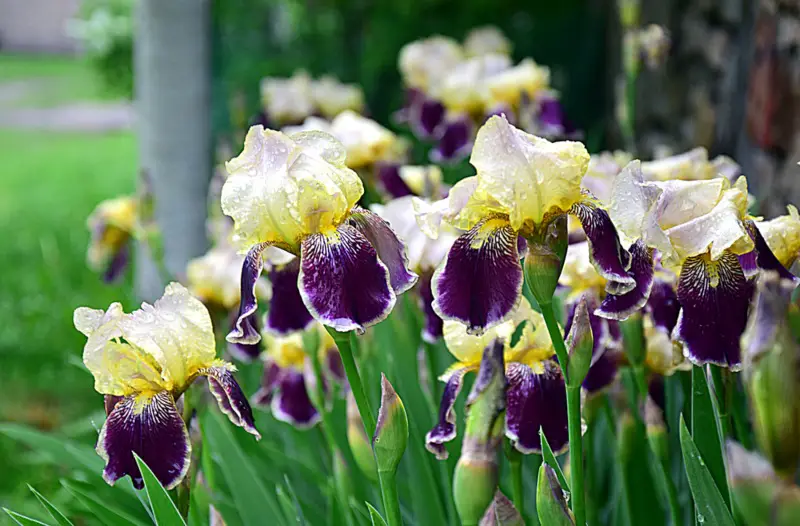
Every kind of this majestic plant is vulnerable to leaf diseases. You can prevent this from infecting your plants by cutting them back after the first frost.
Cut everything down to the underground stem, leaving just a little above the ground. Get rid of the foliage and don’t put it in compost.
When you cut back in November, your dazzling irises will have less chance of disease when they pop back up in the spring. Do this in zones three through 10.
6. Rose

Roses are best cut back in November and then again in the early spring to prevent disease and to give the iconic plant better airflow.
The fall pruning can keep it healthier by keeping the stronger winds of winter from damaging the plant and loosening the roots.
Remove anything dead or diseased, and remove crossing branches to prevent fungal disease that can develop in between these branches.
Remove diseased stems and cut back healthy ones by one-third. This should be done in zones seven and up.
7. Lavender
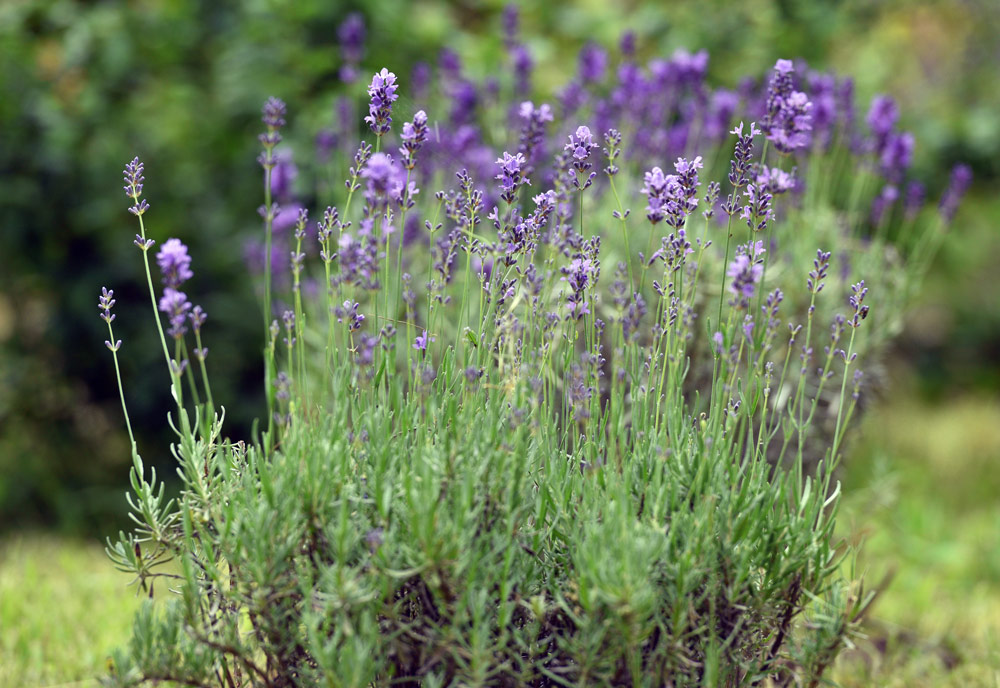
Lavender plants are both beautiful and fragrant, but they tend to get woody over time. To keep the plant’s bushy, compact shape, cut back the plant by a third in November.
Don’t cut the old, woody stems, but prune away the green growth. This keeps your plant in a more attractive shape and means plenty of great-smelling shoots in the spring. Do this in November in zones seven through 11.
8. Aster
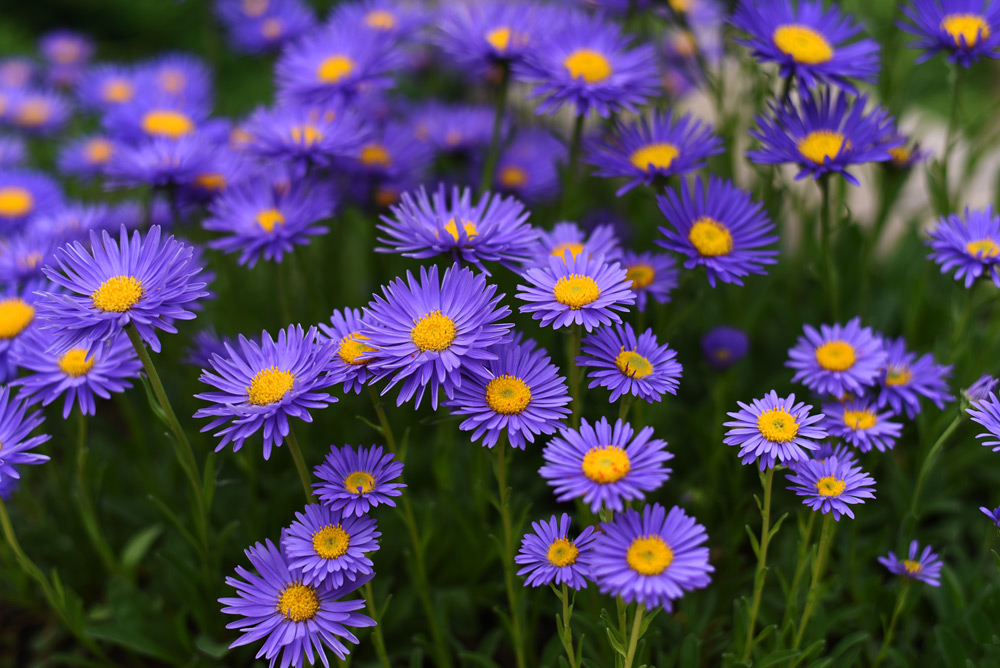
These fun and cheerful flowers can keep blooming into October in some areas, but when November comes, it’s time to prune them back.
Cut back each flower stem all the way to its base for the best results. Then, as the foliage dies, cut it back until only 6″ is visible above the soil.
As a stem-dense plant, cutting it back prevents damaging insects from nesting in the foliage and stems over the winter. Cut them back in zones three through eight.
9. Peony

As bright and happy as these are during their blooming weeks, they are just as terrible to look at in the winter.
I like to cut back peonies all the way to the ground in November to keep the flowerbed from looking sad and ragged.
The brown foliage is also vulnerable to powdery mildew and other diseases.
Cut them back after the first frost to about 2″ to 3″ tall above the soil in zones three through eight.
10. Bee Balm
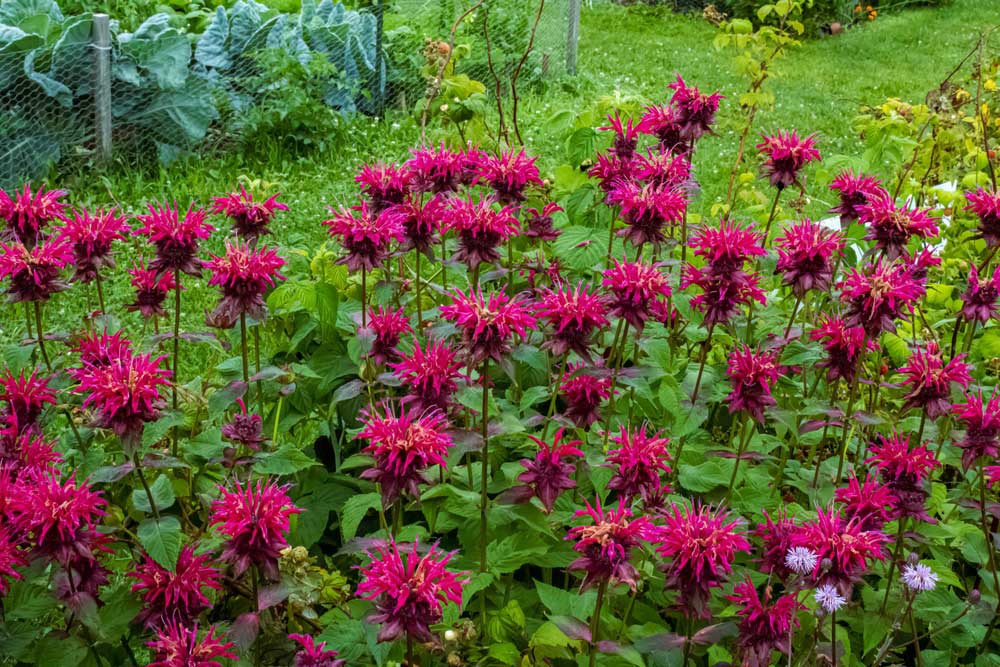
I love to attract bees and other helpful insects to the garden with bee balm, and it doesn’t hurt that they’re pretty and bright.
However, this dynamic plant is highly susceptible to powdery mildew late in the year.
You can prevent this by cutting them all the way down to a few inches above the soil in November. This is helpful for gardens in zones three through nine.



